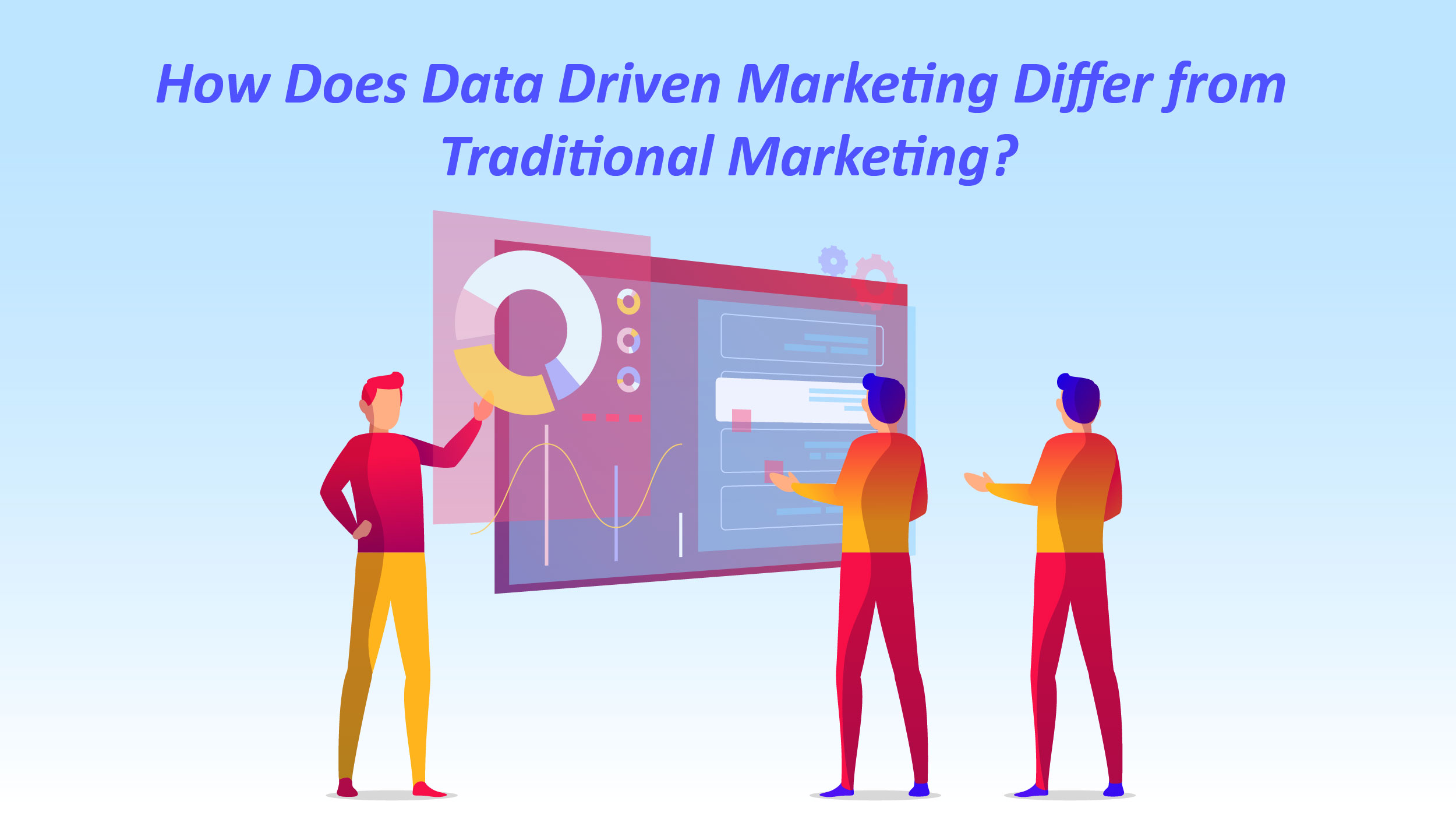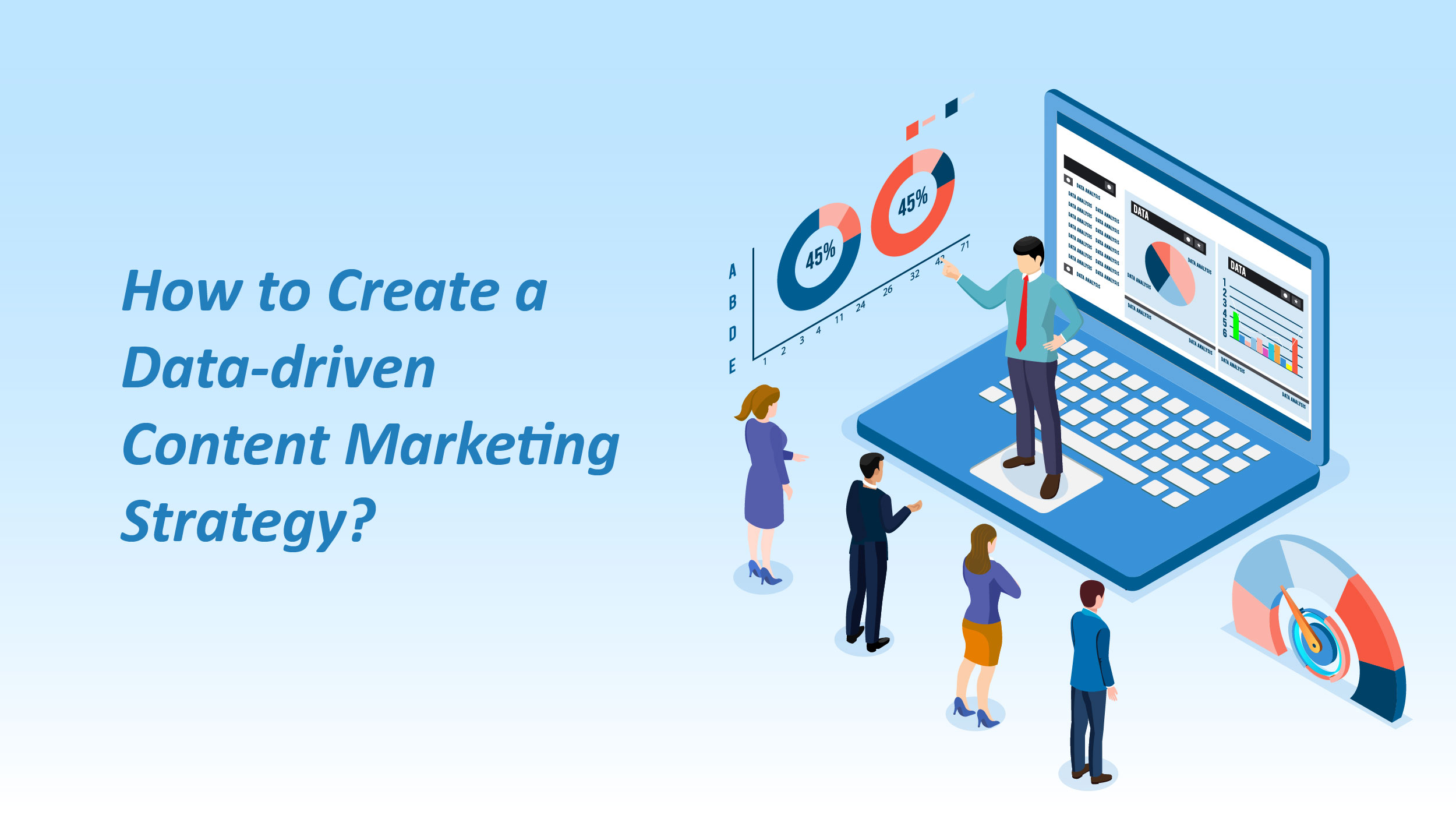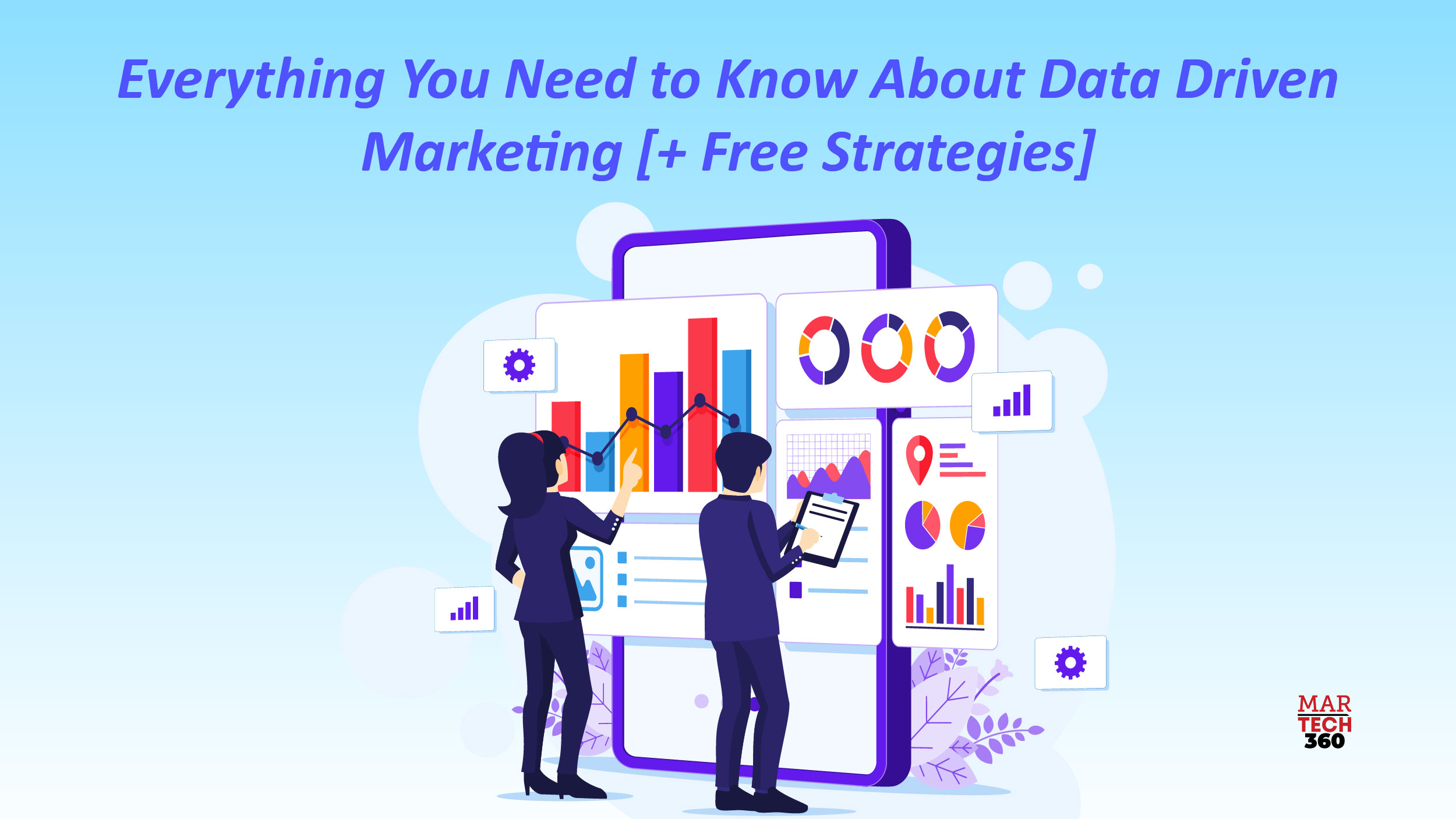Think about it, you have an amazing product or service, it is something your customers are also searching for.
But here’s the thing. Your customers don’t know about your brand. Boom! All your efforts are in vain.
Now imagine you know your target audience and so you personalize messages and deliver effective marketing campaigns that resonate with them. Result? A spike in ROI. This is where data driven marketing comes into play.
In recent times, marketing has gone through a significant transformation. The traditional methods of relying on assumptions or gut feelings have given way to a new approach. Nowadays, marketers are turning to the most dependable source of information: customer data.
However, many are still grappling with the data-driven approach. Some frequently ask where to find the right data, while others lament the absence of suitable tools. They struggle to understand how to access, analyze, and compare the information they possess.
So, without any further ado, let’s get started!
What is Data Driven Marketing?
Data driven marketing means tailoring your brand messages to fit what your customers actually want. In this approach, marketers rely on information about their customers to figure out what they need, what they like, and how they might act in the future. This insight is then used to create personalized marketing plans that give you the best bang for your buck aka ROI.
How Does Data Driven Marketing Differ from Traditional Marketing?
 To understand this distinction, let’s revisit the basic idea behind marketing.
To understand this distinction, let’s revisit the basic idea behind marketing.
At its core, marketing has always had two main goals: first, to figure out what customers want and need, and then, to provide them with what they want to buy.
In practical terms, this has typically involved a few key steps:
- Understanding the target audience really well.
- Identifying and predicting customer needs.
- Creating strategies to offer products or services that address those needs.
In the old days, traditional marketing teams relied on two main things to achieve these goals:
- Market research that was available at the time.
- Their own assumptions about the target audience.
Unfortunately, this approach often involves some trial and error. Companies had to try out many different strategies to find one that would actually work.
On the other hand, marketing based on data allows marketers to connect with customers at the right time and with the right offer.
However, the advantages of using data go beyond just improving how companies communicate. Nowadays, modern marketing teams use customer insights to:
- Personalize the customer experience.
- Target well-defined groups of customers.
- Attract new customers.
- Measure and enhance strategies in real-time.
Why is Data Driven Marketing Important?
Data driven marketing empowers marketers to base their decisions on data, enabling them to enhance targeting, personalize their approach, optimize campaign performance, improve the overall customer experience, and gain a competitive edge in the market. It’s a vital strategy for businesses aiming to get the most out of their marketing efforts and achieve superior outcomes.
In simple terms, a robust marketing strategy based on data is akin to knowing your ideal customers’ addresses, going to their homes, and selling your product directly to them.
It significantly impacts business performance in various ways. As indicated by research from Forbes, below are some of its major advantages:
- Greater Customer Loyalty: By utilizing data to understand and cater to customer preferences, businesses can build stronger relationships with their existing customers, fostering loyalty and repeat business.
- Acquiring More New Customers: It helps in identifying and targeting potential customers more effectively, expanding the customer base.
- Increased Customer Satisfaction: Personalized and data-informed marketing efforts are more likely to resonate with customers, leading to increased satisfaction and a positive customer experience.
Forbes’s study found that 66% of marketing leaders attribute data-driven strategies to an increase in customer acquisition. These statistics highlight the substantial impact that data-driven marketing can have on business performance, from customer loyalty to acquisition and overall customer satisfaction.
Also Read: A Comprehensive Guide to Understanding Data Integration
Data Driven Marketing Strategy Simplified
Data-driven marketing is a smart approach that uses data and insights to make marketing decisions better. Here’s what you need to know:
Benefits of Data Driven Marketing:
- Customers love it, and your brand looks great
- You get more people to buy your stuff because you talk to them about what they care about
- You have a better chance of reaching the right folks
- You understand what customers want and like
Examples of Data Driven Marketing Strategies:
- Share data through different channels
- Use customer details to plan your ads
- Use customer info to make more sales
Data Driven Marketing Best Practices:
- Know your audience and keep their info accurate
- Follow the rules about data privacy
- Talk directly to your audience in your marketing efforts
Data Driven Marketing Tools:
- Use tools like data analytics, CRM systems, and marketing software to help with data-driven marketing
Strategies for Business Growth:
- Hyper-personalization: Talk to each customer individually
- Predictive data analysis: Use data to predict what customers like
- Data-driven content: Make content based on data
- Customer journey: Understand and improve how customers buy your stuff
- A/B testing: Try different ways to market and see what works best
How to Create a Data-driven Content Marketing Strategy?
 The ultimate answer to creating a data-driven content marketing strategy is to produce relevant content and copy.
The ultimate answer to creating a data-driven content marketing strategy is to produce relevant content and copy.
Evaluating consumer data provides valuable insights for marketing teams. It helps understand the creative elements, visuals, copy, and content that your target audience prefers. The key is delivering the right message that caters to personal interests and creates value at the right time. However, there’s a disconnect between what brands are saying and what users find valuable, as indicated by two important data points:
– Blogging has seen an 800% surge in the past 5 years, but social sharing has dropped by nearly 90%.
– 74% of consumers feel annoyed when they encounter ads they consider irrelevant from brands.
By diving into your analytics, you can identify the messaging and content that resonate with your audience. This, in turn, can lead to more effective product decisions and a better understanding of your clients.
Better Decisions
Imagine having a superpower that lets you make smarter marketing decisions. Well, that’s what a data-driven approach does for marketing teams.
Two out of three marketers love it because they can rely on data rather than their gut feelings. It’s like having a map to guide you instead of just guessing.
But here’s the exciting part: data driven marketing doesn’t ignore the feelings and emotions that make people buy things. It understands that both logic and emotions play a role.
So, marketing teams use data to find the best way to balance these factors in their campaigns. It’s like mixing science and art to create marketing that really works!


Comments are closed.